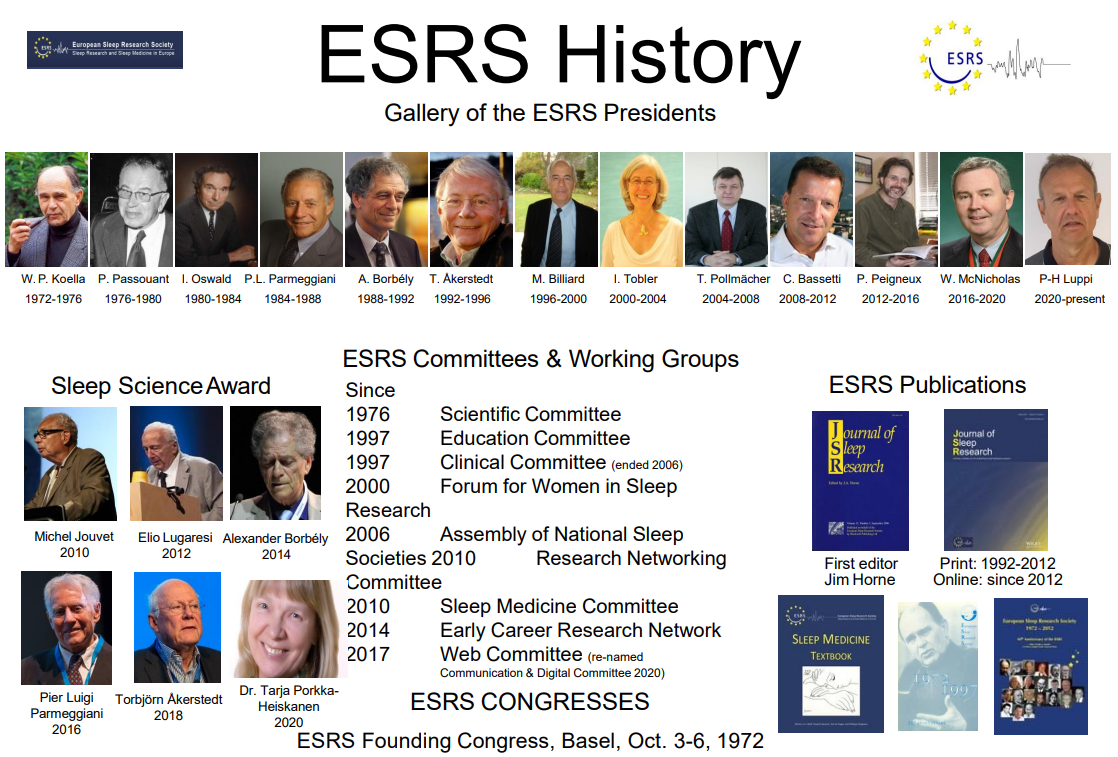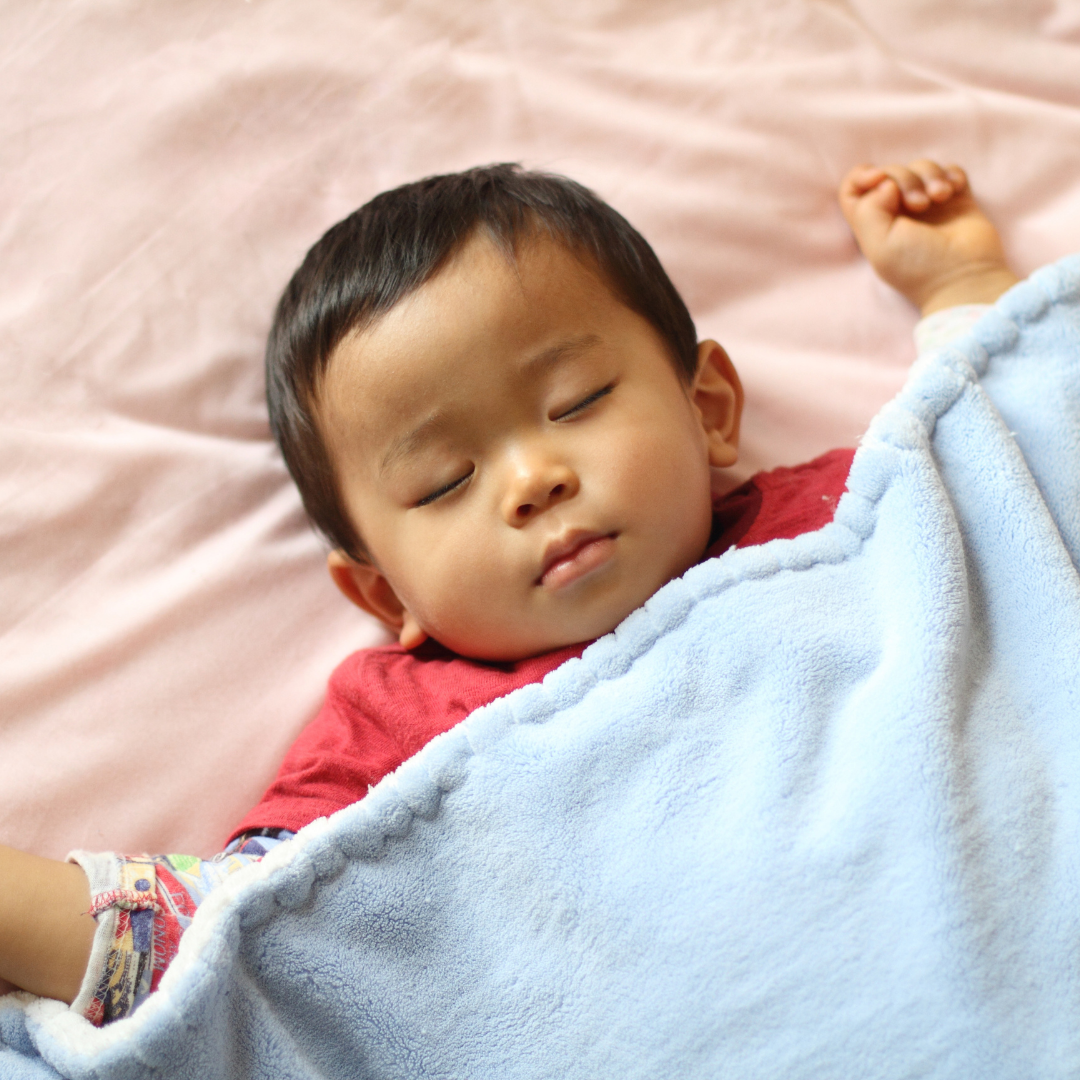Paediatric Sleep Disorders: Insomnia & Parasomnias
As many parents and care-givers know, unfortunately, adults are not the only ones to suffer from sleep disorders – children do as well. This is quite common among older children and adolescents, but is sometimes evident quite early in babies and toddlers too.
Understanding paediatric sleep is crucial, as this particular group can be considered vulnerable, in that they are still undergoing major physical and psychological developments that can be affected by the quality and quantity of their sleep. Issues with their weight, academic performance and social skills can arise as a result of non-treatment.
In the recently revised Sleep Medicine Textbook 2nd Edition, the topic of paediatric sleep disorders is addressed in its own dedicated section. In part 1 of a 3-part series, we’ll feature the textbook summaries of two paediatric sleep disorders: insomnia and parasomnias.
Insomnia in Children
“Insomnia in children is highly prevalent, can compromise the quality of life of children and families, and is associated with poorer developmental outcomes, being overweight and behavioural disturbances. Assessment of paediatric insomnia should follow a medical approach and examine primary and secondary contributing factors, and maladaptive behaviours related to sleep.
Clinicians should incorporate questions about sleep into their routine health assessments of children, examining the sleep/wake schedule, abnormal behaviour during sleep, and daytime consequences of sleep deprivation. Sleeping environment and bedtime routines should be examined to identify behavioural issues related to sleep. Diagnosis is based on clinical history, and polysomnography is not routinely indicated for children with insomnia, but actigraphy can give an estimation of objective sleep parameters.
Without appropriate treatment, insomnia can become chronic and last for many years. There are no approved sleep medications by the United States Food and Drug Administration or by the European Medical Agency for paediatric insomnia, and most medications are prescribed off label. Recently, one medication (paediatric prolonged-release melatonin) has been approved for insomnia in children with neurodevelopmental disabilities by the European Medical Agency.
The authors highlight and summarize the most common treatment for paediatric insomnia, including sleep hygiene, behavioural strategies and pharmacological treatment. The choice of treatment should be individualized on the basis of multiple factors, including severity and type of sleep problem, genetic and environmental factors. For pharmacological treatment, generic recommendations have been formulated for different compounds. In addition, suggestions on the use of supplements might help in the correct treatment approach.”
Summary by:
Oliviero Bruni (2021). I. Paediatric Sleep Disorders 1. Chronic Insomnia. In Bassetti, C., McNicholas, W., Paunio, T., & Peigneux, P. (Eds.). Sleep Medicine Textbook (2nd ed., pp. 647-663). Regensburg: European Sleep Research Society.
Specific features of Parasomnias
“Non-rapid eye movement parasomnias (especially disorder of arousals) represent a frequent sleep disorder in children. They are usually considered benign phenomena that disappear during adulthood. A strong familial occurrence has often been reported, and disorder of arousals seems to be more frequent in children with epilepsy, attention-deficit hyperactivity disorder, and neurodevelopmental disorders.
Disorder of arousals can be triggered by sleep deprivation and other sleep disorders, especially sleep apnoea. The diagnosis of disorder of arousals in children is mainly clinical. Video-polysomnography is recommended in atypical cases, or in case of suspicion for sleep-disordered breathing or periodic limb movement disorder.
Rapid eye movement sleep behaviour disorder is a very infrequent phenomenon in children, usually secondary to other sleep or neuropsychiatry disorders, or represents a side effect of pharmacological agents. In particular, rapid eye movement sleep behaviour disorder in children can represent a manifestation of narcolepsy, and it has been hypothesized to be related to a hypocretin loss.
Amongst “other parasomnia,” primary sleep enuresis represents the most common disorder in children, with a strong familial occurrence. It can be related to a decreased nocturnal bladder storage ability, an excess urine production during the night and an inability to wake up.”
Summary by:
Paola Proserpio (2021). I. Paediatric Sleep Disorders 2. Specific features of parasomnias. In Bassetti, C., McNicholas, W., Paunio, T., & Peigneux, P. (Eds.). Sleep Medicine Textbook (2nd ed., pp. 665-671). Regensburg: European Sleep Research Society.
To dive even further into this topic, we invite you to purchase your very own copy of the Sleep Medicine Textbook 2nd Edition, now available in print and digital versions.
Reminders
2022 Sleep Medicine Examination Application
For physicians, psychologists, sleep scientists and sleep technologists! The examination will take place in September in Athens, Greece during SLEEP EUROPE 2022 (26th Conference of the ESRS).
Online application is open until 31 January 2022!
P.S. Apply to receive 1 of 6 sleep medicine examination grants for the 2022 sitting.
ESRS Funding Opportunities
We have officially opened applications for several funding opportunities for 2022. We will be offering 2 short-term research fellowships, 6 meetings and courses fellowships and 1 two-week training grant.
Application Deadline: 31 January 2022.
More details here.
Recent publications from ESRS members
- Morawska et al. (2021). Slow-wave sleep affects synucleinopathy and regulates proteostatic processes in mouse models of Parkinson’s disease. Sci Transl Med.
- Žunkovič & Schmidt (2021). Sleep: The great adaptive diversity. Curr Biol.
- Prigent et al. (2021). CPAP telemonitoring can track Cheyne-Stokes respiration and detect serious cardiac events: The AlertApnée Study. Respirology.
- Zhang et al. (2021). Predictors of changes in cerebral perfusion and oxygenation during obstructive sleep apnea. Sci Rep.
- Ungureanu et al. (2021). Meningitis, meningoencephalitis and encephalitis in Bern: an observational study of 258 patients. BMC Neurol.
- Malloggi et al. (2021). Sleep and psychological characteristics in habitual self-awakeners and forced awakeners. Chronobiol Int.
- Leerssen et al. (2021). Treating Insomnia with High Risk of Depression Using Therapist-Guided Digital Cognitive, Behavioral, and Circadian Rhythm Support Interventions to Prevent Worsening of Depressive Symptoms: A Randomized Controlled Trial. Psychother Psychosom.
- Berger et al. (2021). Association between nocturnal heart rate variability and incident cardiovascular disease events: The HypnoLaus population-based study. Heart Rhythm.
- Ungurean et al. (2021). Pupillary behavior during wakefulness, non-REM sleep, and REM sleep in birds is opposite that of mammals. Curr Biol.




